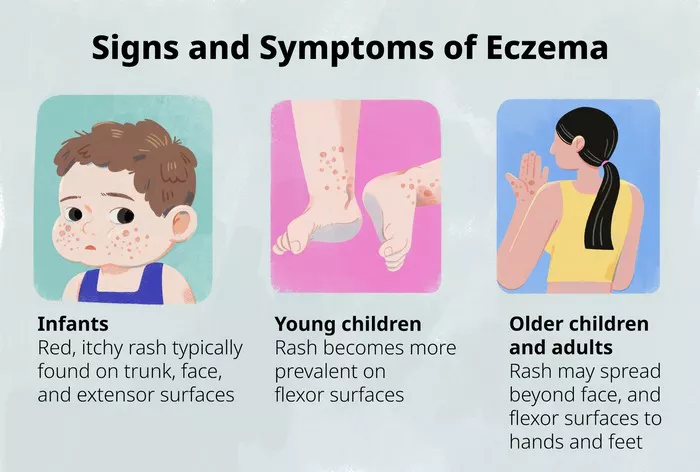Shingles, caused by the varicella-zoster virus, is a painful and often debilitating condition that affects millions of people worldwide, particularly those over the age of 50. The risk of developing shingles increases with age, and its complications can be severe, including chronic pain known as postherpetic neuralgia (PHN). Fortunately, a vaccine is available to prevent shingles, reducing the risk of both the condition and its complications. However, one common question among individuals considering vaccination is whether insurance covers the cost. In this article, we delve into the complexities of insurance coverage for the shingles vaccine, exploring the various factors that influence reimbursement and providing guidance for those seeking to access this important preventive measure.
Understanding the Shingles Vaccine
Before delving into insurance coverage, it’s essential to understand the shingles vaccine itself. The shingles vaccine, also known as the herpes zoster vaccine, is a highly effective method of preventing shingles and its associated complications. The vaccine works by stimulating the body’s immune response to the varicella-zoster virus, thereby reducing the risk of developing shingles or, if the disease does occur, mitigating its severity.
There are currently two vaccines available to prevent shingles: Zostavax and Shingrix. Zostavax was the first vaccine introduced for this purpose and is a live, attenuated vaccine recommended for adults aged 50 and older. However, in recent years, Shingrix has emerged as the preferred option due to its higher efficacy and longer-lasting protection. Shingrix is a non-live, recombinant vaccine recommended for adults aged 50 and older, including those who have previously received Zostavax.
Insurance Coverage for the Shingles Vaccine
The question of whether insurance covers the shingles vaccine is not straightforward and depends on several factors, including the type of insurance plan, the individual’s age, and the specific vaccine administered.
Medicare Coverage
For many individuals aged 65 and older, Medicare is the primary source of health insurance coverage. Fortunately, both Zostavax and Shingrix are covered under Medicare Part D, which provides prescription drug coverage. However, coverage may vary depending on the specific Part D plan chosen by the individual. Some plans may cover the full cost of the vaccine, while others may require a copayment or coinsurance. Additionally, Medicare Part B may cover the shingles vaccine if it is administered in a doctor’s office or pharmacy that accepts Medicare assignment. In such cases, Medicare Part B typically covers 80% of the cost, leaving the individual responsible for the remaining 20%.
Private Health Insurance Coverage
For individuals under the age of 65 with private health insurance coverage, the extent of coverage for the shingles vaccine may vary depending on the specific insurance plan. Many private health insurance plans cover preventive vaccines, including the shingles vaccine, as part of their preventive care benefits. However, coverage details may differ, and some plans may require a copayment, coinsurance, or deductible for vaccine administration.
It’s important for individuals to review their insurance plan documents or contact their insurance provider directly to determine the specifics of their coverage for the shingles vaccine. Additionally, coverage may be subject to network restrictions, so individuals should confirm that the provider administering the vaccine is in-network with their insurance plan to avoid unexpected out-of-pocket costs.
Vaccine Availability and Cost
In addition to insurance coverage, vaccine availability and cost can also influence access to the shingles vaccine. While both Zostavax and Shingrix are FDA-approved vaccines for the prevention of shingles, Shingrix is generally preferred due to its higher efficacy and longer-lasting protection.
However, vaccine availability can vary, and individuals may encounter challenges in accessing the shingles vaccine, particularly during periods of high demand or vaccine shortages. Additionally, the cost of the vaccine can be a barrier for some individuals, especially if they are uninsured or if their insurance coverage includes significant out-of-pocket costs.
Fortunately, there are programs available to help offset the cost of the shingles vaccine for eligible individuals. For example, the Vaccines for Children (VFC) program provides vaccines, including the shingles vaccine, at no cost to eligible children and adults who are uninsured, underinsured, or Medicaid-eligible. Additionally, pharmaceutical companies may offer patient assistance programs or coupons to help reduce the cost of the vaccine for those who qualify.
Conclusion
The shingles vaccine is a highly effective preventive measure against shingles and its associated complications, offering significant health benefits for individuals aged 50 and older. While insurance coverage for the shingles vaccine may vary depending on factors such as age, insurance plan, and vaccine type, many individuals can access the vaccine with little to no out-of-pocket cost.
It’s essential for individuals to understand their insurance coverage and explore available resources to access the shingles vaccine. By taking proactive steps to protect against shingles, individuals can reduce their risk of experiencing this painful and potentially debilitating condition, improving their overall health and quality of life.

























